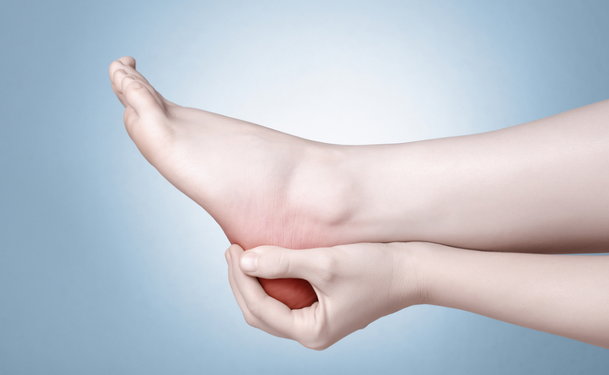A pressure ulcer, also known as a bedsore or decubitus ulcer, is a wound of the skin caused by prolonged, unrelieved pressure to that area. Pressure ulcers occur most frequently around bony prominences such as the tailbone, hips, heels, ankles and elbows.
Causes
Many factors can contribute to the formation of pressure ulcers. The main cause is unrelieved pressure to a location of skin on the body. This constant pressure inflicts damage by decreasing the area’s blood supply and traumatizing the skin. When this pressurized spot rubs against other surfaces (such as bed sheets or wheel chairs), the tissue is further damaged. Other contributing factors are:
- Excess moisture (fecal or urinary incontinence)
- Poor nutrition and/or hydration
- Generally poor health
Types
Pressure ulcers are categorized according to their characteristics by their severity:
Stage I: The beginning stage
- The skin is intact.
- The skin appears red or ashen and doesn’t blanch (lighten in color) when touched.
- The area may be painful, firm, soft, warm or cool.
Stage II: An open wound
- The pressure ulcer may look like a shallow, pinkish red bowl-like wound, or it may appear as an intact or ruptured blister.
Stage III: A deep wound
- The pressure ulcer has a crater-like appearance.
- Deep damage may expose a fat layer.
- The bottom of the wound may have some yellow dead tissue (called slough).
Stage IV: Large scale tissue loss
- The wound exposes bone, muscle or tendons.
- The bottom of the ulcer contains slough and/or dark, crusty dead tissue (called eschar).
- The deep damage is extensive and well beyond the original wound.
Signs and Symptoms
Pain can be a common symptom of pressure ulcers. Having any of the characteristics defined in the stages of pressure ulcers is cause for concern. A red mark that does not change over time or a blister that appears to worsen may be a pressure ulcer and should be evaluated by a healthcare professional.
Who Is at Risk
Anyone with limited mobility is at risk for developing pressure ulcers. Immobility, temporary or permanent, may be due to:
- Surgery
- Coma
- Sedation
- Paralysis
- Bed rest or use of a wheel chair
- General weakness
Other risk factors include:
- Decreased sensory perception
- Medical conditions that affect circulation
- Decreased mental awareness
Treatment Options
If not treated, pressure ulcers can lead to sepsis (infection of the blood), bone and joint infections and death. Stages I and II pressure ulcers heal within several weeks with general wound care and treatment of the risk factors contributing to the wound’s formation. Stages III and IV ulcers are difficult to treat and, if found in an individual with multiple chronic conditions or a terminal illness, treatment may simply be focused on managing the wound rather than on healing it completely. General wound care involves a combination of the following:
- Relieve the pressure: Frequent repositioning is imperative. Individuals confined to a wheelchair should change positions at least every 15 minutes. Those confined to a bed should be repositioned at least every 2 hours. In all cases, bony areas should be cushioned as much as possible.
- Remove damaged tissue: The damaged tissue can be removed by cutting, irrigating or using chemical ointments to break down the tissue.
- Clean and dress the wound: Pressure ulcers are cleansed with saline solution and can be dressed with a variety of dressings. All dressings aim to keep the wound at the appropriate moisture level while also creating a barrier to prevent infection.
Other treatments include antibiotics, pain management and improving nutrition.
Prevention
Pressure ulcers are much easier to prevent than to treat, but that doesn’t mean they all can be prevented. Wounds may still develop with persistent and appropriate care due to the overwhelming nature of risk factors in some individuals. Take the following steps to help prevent pressure ulcers:
- Change position frequently and avoid trauma to the skin when shifting positions (lifting and turning rather than scooting or dragging the skin)
- Keep the skin clean and dry
- Inspect the skin regularly, particularly in bony areas – get assistance if you are unable to view skin in some areas of your body
- Eat a well balanced diet and drink plenty of fluids


